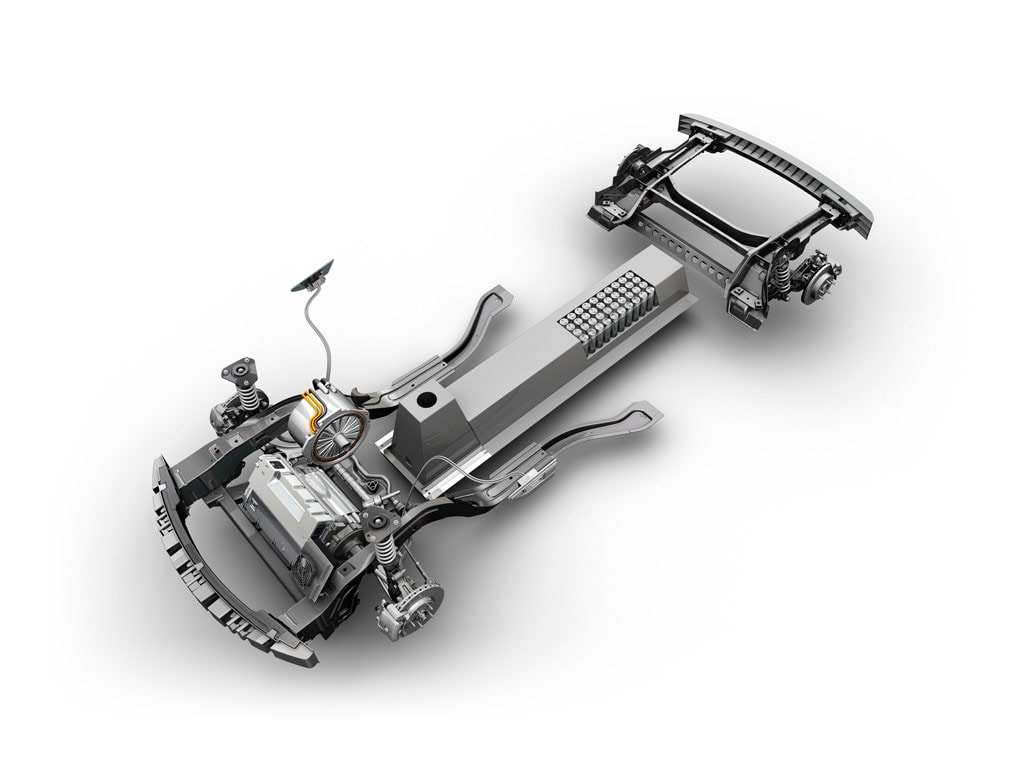Now that EVs and PHEVs have reached the market, the focus of the car makers who sell them is slowly turning to the battery technologies used in the vehicles and towards finding a way to make them better.
One of the biggest players on the market and seller of the single PHEv for the masses to date, American manufacturer GM announced it would start using, thanks to a worldwide licensing agreement, the composite cathode material developed by Argonne.
The technology is supposed to allow the batteries to charge at higher voltages and a charge to last longer. Below is a list of the attributes of the material developed by Argonne:
"The creation of this battery technology represents an important return on the American investment in innovative vehicle and battery research,” said Energy Secretary Steven Chu, who helped GM land the licensing agreement.
“This agreement gives General Motors the ability to use cutting-edge battery technology throughout its supply chain. The licensing of this technology will also spur the renewal of the American battery industry, creating hundreds of new jobs where they are needed most.”
Thanks to the fact that Argonne has also signed a licensing agreement with LG Chem, the supplier of the battery for the Chevrolet Volt, this model might be the first to use the new material.
One of the biggest players on the market and seller of the single PHEv for the masses to date, American manufacturer GM announced it would start using, thanks to a worldwide licensing agreement, the composite cathode material developed by Argonne.
The technology is supposed to allow the batteries to charge at higher voltages and a charge to last longer. Below is a list of the attributes of the material developed by Argonne:
- extend the operating time between charges and increase the calendar life of batteries
- improve the inherent safety of lithium-ion cells
- allow charging at higher voltages, which leads to a substantially higher energy storage capacity
"The creation of this battery technology represents an important return on the American investment in innovative vehicle and battery research,” said Energy Secretary Steven Chu, who helped GM land the licensing agreement.
“This agreement gives General Motors the ability to use cutting-edge battery technology throughout its supply chain. The licensing of this technology will also spur the renewal of the American battery industry, creating hundreds of new jobs where they are needed most.”
Thanks to the fact that Argonne has also signed a licensing agreement with LG Chem, the supplier of the battery for the Chevrolet Volt, this model might be the first to use the new material.

